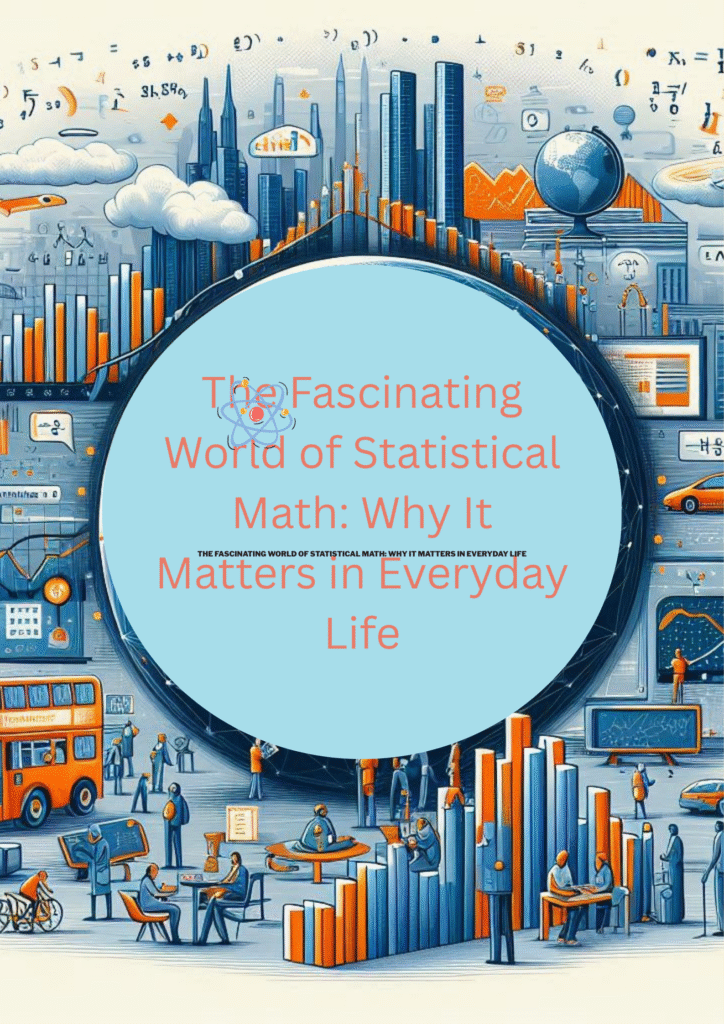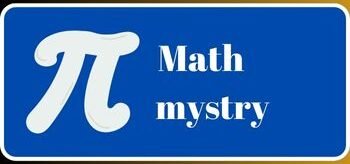Currently Empty: $0.00
Numbers don’t lie—but they don’t always tell the full story either. Statistical math is more than just formulas and graphs; it’s the hidden force behind decisions in business, science, healthcare, and even our daily routines.
In this post, we’ll explore key statistical concepts, real-world applications, and why understanding them can make you a smarter thinker—no advanced degree required.
Math in Statistics: What Is It? (And What’s the Point?)
Statistics is the science that deals with gathering, evaluating, interpreting, and presenting data.
It facilitates us.
- Recognize patterns (like growing housing costs).
- Forecast the weather and the outcome of elections, for example.
Ask questions like “Does this new drug work?” to test theories.
An example from real life is when Netflix uses statistical algorithms based on millions of data points to suggest a show you might enjoy.
Key Statistical Concepts Everyone Should Know
Mean, Median, and Mode—The Averages That Rule Our Lives
- Mean (Average): Sum of all values divided by the count. (Example: Average salary in a company.)
- Median: Middle value in an ordered list. (Better for skewed data, like home prices.)
- Mode: Most frequent value. (Useful for categorical data, like “most common shoe size.”)
Why It Matters:
A company might say the “average salary” is 100k, but if the CEO earns 5 M, the median gives a truer picture of what most employees make.
Standard Deviation—Measuring the Spread
- Tell us how much data varies from the mean.
- Low deviation = Data points are close to the average. (Example: Test scores in a well-taught class.)
- High deviation = Data is all over the place. (Example: Incomes in a city with extreme wealth inequality.)
Real-Life Use:
Investors use standard deviation to assess stock risk—a higher standard deviation means more volatility.
Correlation vs. Causation—The Classic Mistake
- Correlation: Two variables move together. (Example: Ice cream sales and drowning deaths both rise in summer.)
- Causation: One variable directly affects the other. (Example: Smoking causes lung cancer.)
Why It Matters:
Just because two things happen together doesn’t mean one causes the other. (No, eating chocolate doesn’t cause Nobel Prizes—even if data suggests it!)
Probability—The Math of “What Are the Chances?”
- Predicts likelihoods, from weather forecasts to poker odds.
- Example: A 30% chance of rain means it rained in 3 out of 10 similar weather conditions.
Fun Fact:
The probability of being struck by lightning in your lifetime (~1 in 15,000) is higher than winning the lottery (~1 in 300 million).
How Statistics Shape the World
In Business & Marketing
- A/B Testing: Companies use stats to compare webpage versions and boost conversions.
- Market Research: Surveys and polls help brands understand customer preferences.
In Medicine & Public Health
- Clinical Trials: Stats determine if a drug works better than a placebo.
- Epidemiology: Tracking disease spread (like COVID-19) relies on statistical models.
In Everyday Decisions
- Sports Analytics: Teams use stats to pick players and strategies.
- Personal Finance: Understanding risk helps in investing and insurance choices.
Common Statistical Pitfalls (And How to Avoid Them)
A. Sampling Bias
- Problem: If you only survey college students about work-life balance, you’ll miss older workers’ perspectives.
- Fix: Ensure your sample represents the whole population.
Misleading Graphs
- Example: A bar chart that starts at 50 instead of 0 can exaggerate small differences.
- Fix: Always check the axes!
Overfitting in Data Models
- Problem: A model fits past data perfectly but fails with new data. (Like memorizing answers instead of learning concepts.)
- Fix: Simpler models often generalize better.
How to Get Better at Statistical Thinking
You don’t need to be a math whiz—just cultivate a “stats mindset”:
Question data sources. Who collected it? How?
Look beyond averages. What’s the distribution?
Avoid jumping to conclusions. Could there be hidden factors?
Final Thought: Statistics Is the Language of Truth
From social media algorithms to medical breakthroughs, statistical math quietly shapes our world. The better we understand it, the smarter our decisions become.
What’s the most surprising way stats have influenced your life? Share in the comments!



